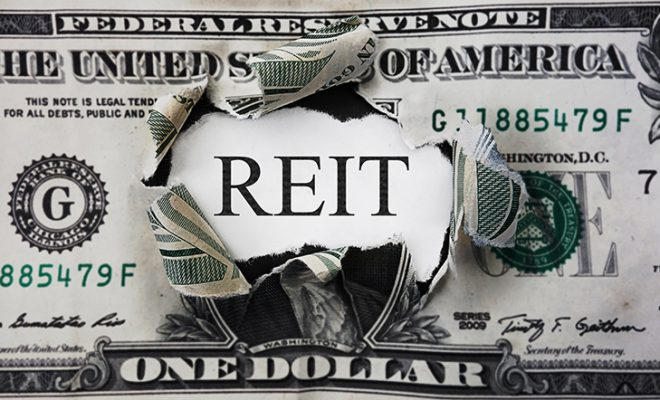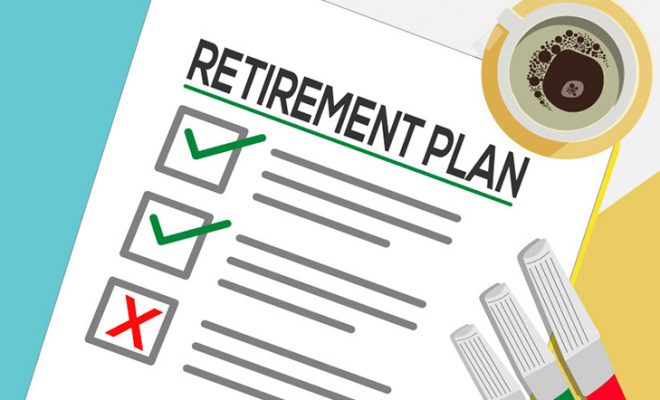How to Secure a Comfortable Retirement Without a Pension Through Proper Planning

Defined-benefit plans, often referred to as pension plans, are retirement benefits provided by employers. These benefits are typically calculated using factors such as the number of years you have worked for the employer, your salary, and other similar criteria. While these plans are most commonly offered to state and local government employees, some private-sector workers may also receive them. Pensions can provide a reliable source of income in retirement, but not everyone is fortunate enough to have access to one. If you are among those who do not have a pension, the responsibility for securing your retirement will fall squarely on your shoulders.
In this situation, working with a financial advisor can help you set and achieve your retirement planning goals. This article will also explore various retirement planning investment options that can help you build a secure retirement, even in the absence of a pension plan.
Table of Contents
Below is a retirement planning guide that you can follow when you do not have a pension:
1. Set clear retirement goals
When you have a pension, your retirement income is generally fixed, so you get a steady amount of money each month. Your pension is designed to cover your basic needs and, in a way, mimic your salary. However, in the absence of a pension, the responsibility for funding your retirement is on you. Hence, you must save diligently and determine how much money you will need to withdraw each month to maintain your lifestyle. This makes setting clear your retirement planning goals essential.
The first step in setting clear retirement goals is to understand your future financial needs. Start by understanding what your monthly expenses during retirement will look like. Consider where you will be living. It is important to factor in housing expenses, including maintenance costs, along with the general standard of living in your city. Next, estimate how much you will need each month for basic necessities such as food, utilities like electricity and water, and transportation. These can significantly impact your budget, so it is crucial to plan for them. Do not forget about healthcare. As you age, medical expenses are likely to increase, so make sure to account for them. You must also account for long-term care that you will need down the line. Inflation is another critical factor to consider. Over time, the cost of goods and services will rise. To protect yourself from this, you will need to build an investment strategy that accounts for inflation. This can ensure that your retirement savings keep up with the rising costs in the future.
Your retirement goals should also include a timeline. When do you plan to retire, and how many years will you need your savings to last? You must consider your life expectancy. If you retire at 65, you might need your savings to last 20 or 30 years, depending on your health and longevity. However, if you retire later, you may need less money as your retirement will be cut shorter. The earlier you retire, the longer your retirement can be and the more savings you need to sustain your expenses. You also need to consider how much you need to withdraw each year in retirement to cover your expenses.
All of this can be done by carefully setting and planning for your goals and consulting with a financial advisor.
2. Use retirement accounts like the 401(k) and the Individual Retirement Account (IRA)
Retirement accounts like the 401(k) and IRA are useful for retirement planning and can help you build a secure financial future. They allow you to invest in a wide range of options, such as stocks, bonds, mutual funds, and target-date funds, so you can create a steady stream of income during retirement.
The 401(k) is an employer-sponsored retirement plan that offers several advantages. Contributions to a 401(k) are made pre-tax, so your taxable income for the year is lowered, which can result in significant tax savings in the present. Many employers also offer matching contributions, which are essentially free money added to your account. For example, your employer matches 50% of your contributions up to a certain percentage of your salary. Over time, these matches can significantly increase your retirement nest egg. On the other hand, the IRA is not offered by an employer and can be opened independently. There are two main types of IRAs – the Traditional IRA and the Roth IRA. With a Traditional IRA, your contributions are tax-deductible in the year you make them, but withdrawals during retirement are taxed as per your ordinary income tax slab. This can be beneficial if you expect to be in a lower tax bracket when you retire. The Roth IRA operates differently. Here, your contributions are made with after-tax dollars, but withdrawals in retirement are tax-free. This can be better if you anticipate being in a higher tax bracket in the future, as it allows you to enjoy tax-free income during retirement.
Both the 401(k) and the IRA offer tax advantages that make them attractive retirement planning investment options. However, there are important differences in contribution limits for both accounts. For 2024, the contribution limit for 401(k) plans is $23,000 or $30,500 if you are age 50 or older, while the contribution limit for IRAs is $7,000 or $8,000 if you are age 50 or older. Another key difference is the withdrawal rules. With a 401(k), you need to start taking Required Minimum Distributions (RMDs) from a certain age in retirement, and early withdrawals before age 59.5 may be subject to a penalty amounting to 10% of the amount withdrawn. The same rules apply to Traditional IRAs. Roth IRAs do have a penalty for early withdrawals, but they do not have RMDs. This makes them a flexible option compared to the other two. Moreover, you must also note that while the 401(k) has higher contribution limits, it may have more limited investment choices compared to an IRA. The investment options within a 401(k) are mostly dependent on your employer, while an IRA offers you more flexibility in making your own choices.
It is important to consider your long-term goals, tax situation, and the pros and cons of both accounts when choosing between the two. In many cases, it makes sense to contribute to both a 401(k) and an IRA to maximize your retirement savings. For example, you could contribute enough to your 401(k) to take full advantage of employer matching, then allocate additional funds to a Roth IRA for tax-free withdrawals in retirement.
3. Do not withdraw your retirement funds prematurely
A key feature of pension plans is that they do not offer income before retirement. Their primary purpose is to provide you with financial security during your retirement years and ensure that your basic needs are met without the worry of running out of money. These strict rules allow your money to grow and accumulate over time so you can enjoy a comfortable and carefree retirement. If you frequently withdraw funds from your pension plan before retirement, you risk not accumulating enough savings to sustain you when you eventually stop working.
It is important to note that this principle applies not only to pension plans but also to other retirement savings strategies. Whether or not you have a pension, it is crucial to adopt a disciplined approach to managing your retirement funds. This means never dipping into your retirement savings prematurely. If you have retirement accounts like a 401(k) or an IRA, these accounts also have rules in place that discourage early withdrawals. While it is possible to access your funds before retirement by paying penalties and taxes, doing so can severely impact your long-term financial stability. So, it is best to resist this temptation and stay committed to your long-term savings goals.
Financial discipline and allowing your retirement funds to grow without constant interruption will allow you to be better prepared for the future.
4. Buy Guaranteed Income Annuities (GIAs)
A GIA is an effective way to create a reliable income stream throughout retirement. Essentially, a GIA is a contract with an insurance company where you pay a lump-sum premium, and in return, the company guarantees regular payments for a set period or even for the rest of your life. One of the key advantages of GIAs is that they offer a steady and predictable cash flow in your golden years. The income is guaranteed, and you do not have to worry about the uncertainties of market fluctuations. Unlike other investment instruments that may be affected by economic downturns, GIAs ensure that you receive a fixed income, regardless of what happens in the financial markets.
With GIAs, you also have flexibility in deciding when you want to start receiving payments. You can opt to begin receiving income immediately after purchasing the annuity, or you can choose to defer payments until a future date. Moreover, the income from a GIA is typically paid out monthly, quarterly, or annually. So, you can choose how you wish you to receive the money and in what frequency. You can use a retirement plan calculator to make a decision in this regard.
While GIAs offer many benefits, it is also important to understand their limitations. For example, guaranteed lifetime annuities are not federally insured. Additionally, once the annuity owner or the designated survivor passes away, the payments generally stop. In such a case, the remaining money is not given to the surviving heirs like children or grandchildren. Instead, the insurance company keeps the rest of the money. The only exception is a return-of-premium annuity, which returns the original premium to the annuity owner’s heirs. So, you need to accept that the annuity money, in most cases, will be wasted if you do not survive the policy’s term. It is also important to note that GIAs are not typically offered by employers, so you will need to purchase one on your own. This can be done at any time, but many people choose to buy a GIA right before retirement.
To conclude
While a pension can certainly provide financial security in retirement, it is not the only way to achieve a comfortable and secure future. There are several other options you can consider to ensure a financially stable retirement. Using retirement accounts like a 401(k) or IRA, purchasing annuities such as GIAs, setting clear retirement goals, and maintaining a long-term approach are all effective strategies that can help you achieve the retirement you envision. Make sure to explore these options to build a retirement plan that aligns with your goals and provides you with peace of mind for the years ahead. You can also consult with a financial advisor and create a ‘preparing for retirement’ checklist that can help you be financially secure.
Use WiserAdvisor’s free match tool to get matched with seasoned financial advisors who can help guide you on how to build up your retirement savings without a pension. Answer a few simple questions and get matched with 2 to 3 vetted financial advisors based on your requirements.


















